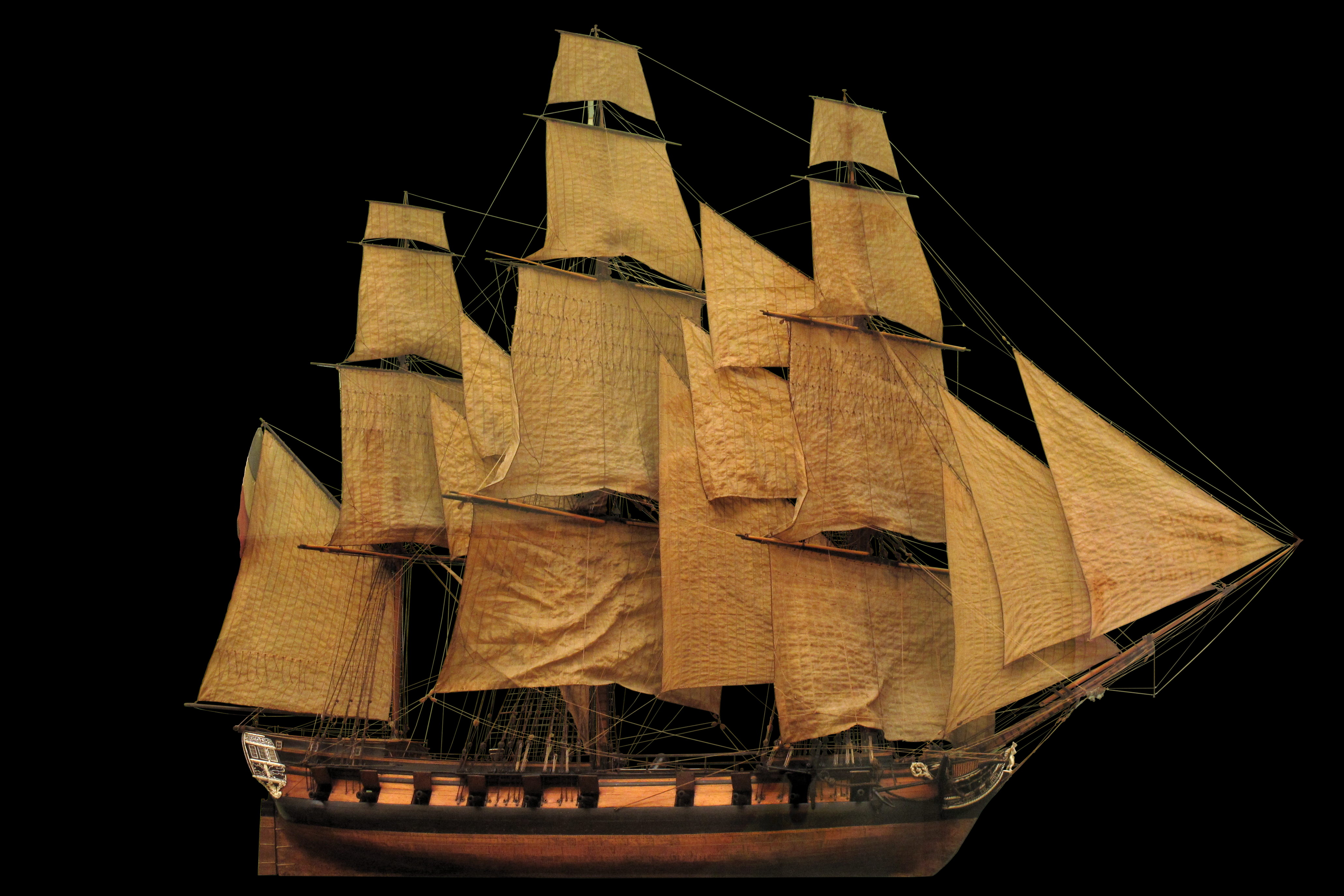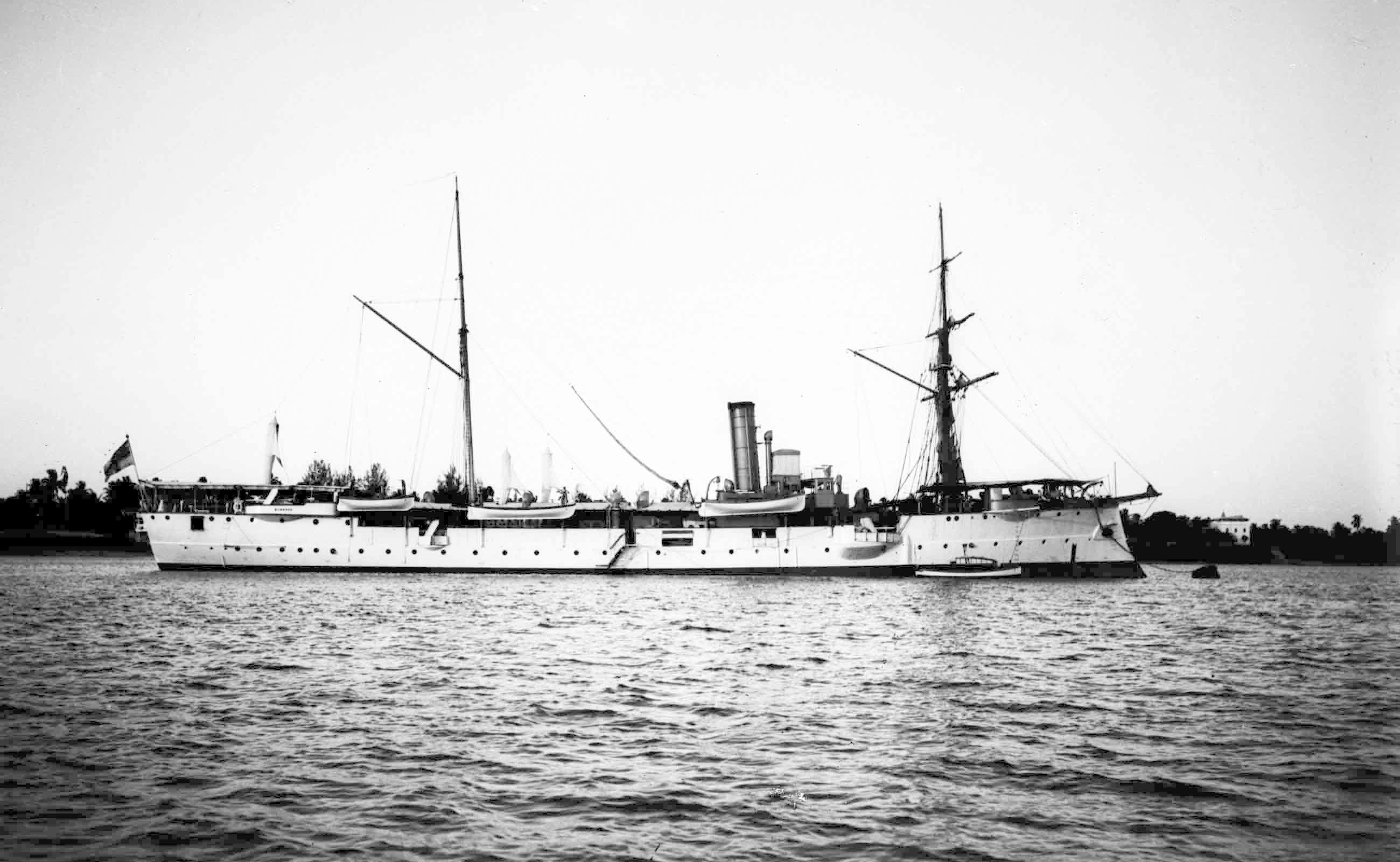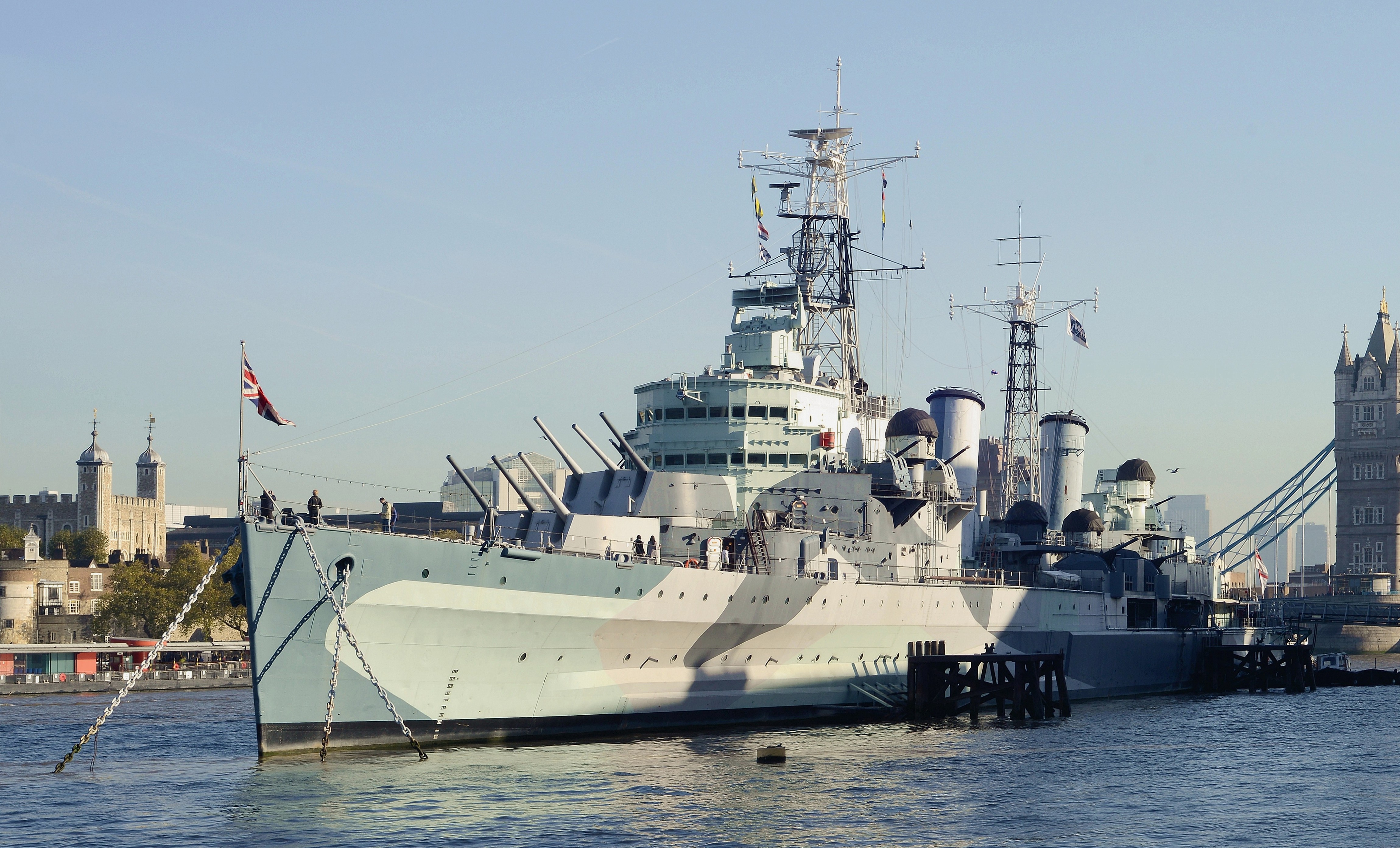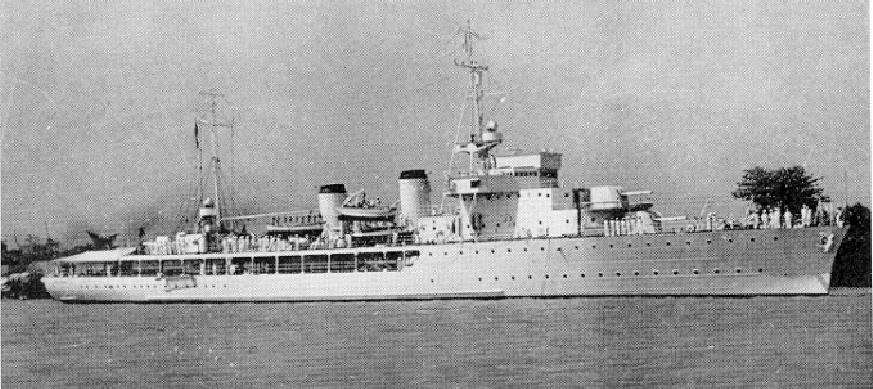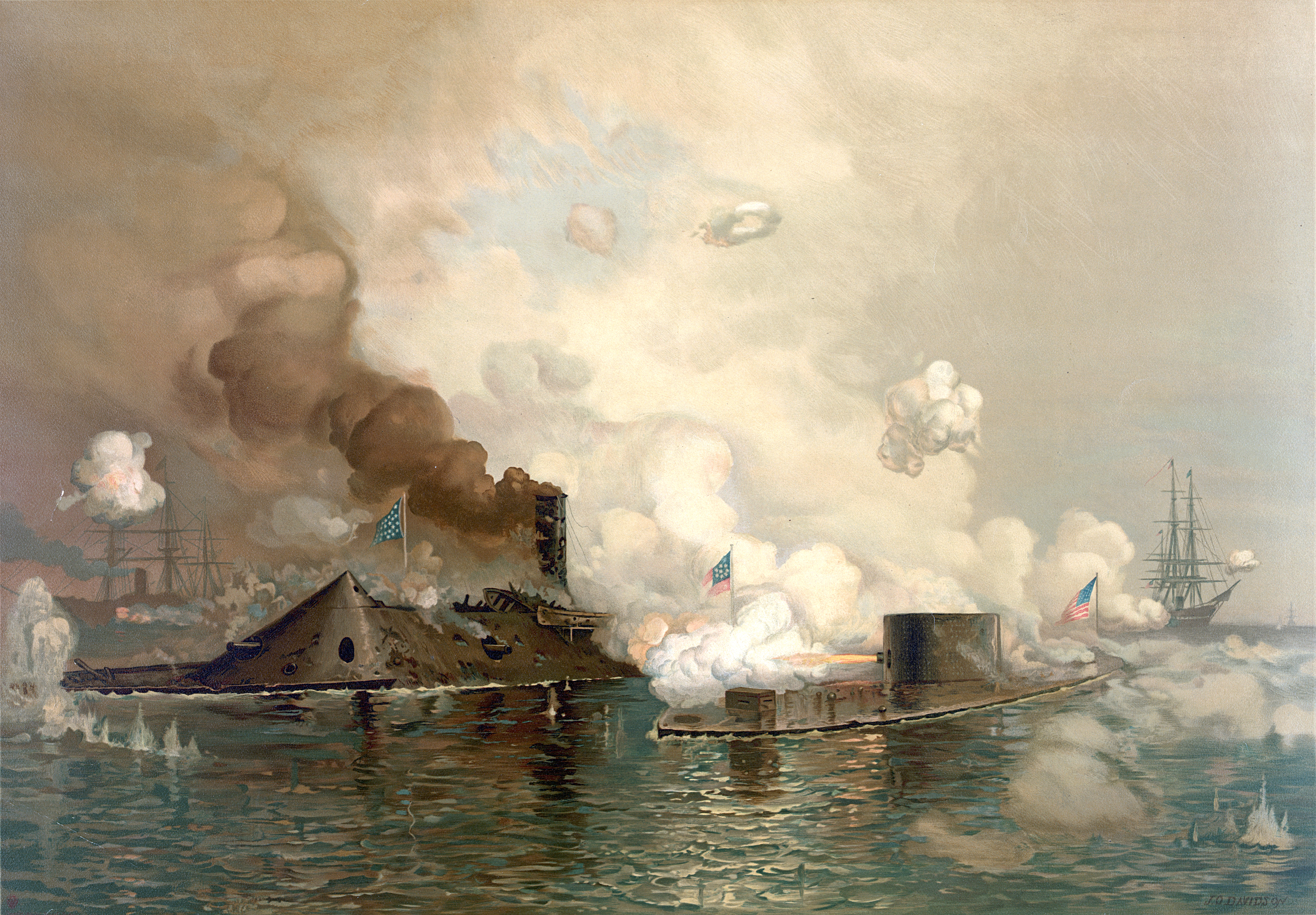|
Unprotected Cruiser
An unprotected cruiser was a type of naval warship that was in use during the early 1870s Victorian era, Victorian or Pre-dreadnought battleship, pre-dreadnought era (about 1880 to 1905). The name was meant to distinguish these ships from “protected cruisers”, which had become accepted in the 1880s. A protected cruiser did not have side armor on its hull like a battleship or “armored cruiser” but had only a curved armored deck built inside the ship — like an internal turtle shell — which prevented enemy fire penetrating through the ship down into the most critical areas such as machinery, boilers, and ammunition storage. An unprotected cruiser lacked even this level of internal protection. The definitions had some gray areas, because individual ships could be built with a protective deck that did not cover more than a small area of the ship, or was so thin as to be of little value. The same was true of the side armor on some armored cruisers. An unprotected ... [...More Info...] [...Related Items...] OR: [Wikipedia] [Google] [Baidu] |
Victorian Era
In the history of the United Kingdom and the British Empire, the Victorian era was the reign of Queen Victoria, from 20 June 1837 until her death on 22 January 1901. Slightly different definitions are sometimes used. The era followed the Georgian era and preceded the Edwardian era, and its later half overlaps with the first part of the ''Belle Époque'' era of continental Europe. Various liberalising political reforms took place in the UK, including expanding the electoral franchise. The Great Famine (Ireland), Great Famine caused mass death in Ireland early in the period. The British Empire had relatively peaceful relations with the other great powers. It participated in various military conflicts mainly against minor powers. The British Empire expanded during this period and was the predominant power in the world. Victorian society valued a high standard of personal conduct across all sections of society. The Victorian morality, emphasis on morality gave impetus to soc ... [...More Info...] [...Related Items...] OR: [Wikipedia] [Google] [Baidu] |
Corvette
A corvette is a small warship. It is traditionally the smallest class of vessel considered to be a proper (or " rated") warship. The warship class above the corvette is that of the frigate, while the class below was historically that of the sloop-of-war. The modern roles that a corvette fulfills include coastal patrol craft, missile boat and fast attack craft. These corvettes are typically between 500 and 2,000 tons. Recent designs of corvettes may approach 3,000 tons and include a hangar to accommodate a helicopter, having size and capabilities that overlap with smaller frigates. However unlike contemporary frigates, a modern corvette does not have sufficient endurance or seaworthiness for long voyages. The word "corvette" is first found in Middle French, a diminutive of the Dutch word ''corf'', meaning a "basket", from the Latin ''corbis''. The rank " corvette captain", equivalent in many navies to " lieutenant commander", derives from the name of this type of ship. The ... [...More Info...] [...Related Items...] OR: [Wikipedia] [Google] [Baidu] |
List Of Unprotected Cruisers Of Germany
In the 1880s and 1890s, Germany built nine unprotected cruisers in three ship class, classes. These ships proved to be transitional designs, and experience gathered with them and a series of avisos helped to produce the first light cruisers of the German Navy. The unprotected cruisers, generally designed for service in German colonial empire, Germany's colonial empire, required great endurance and relatively heavy firepower. The first ships of the type, the two s, were acquired in an effort to modernize an aged cruiser force that relied primarily on old sail frigates. The new ships were primarily steam-powered but retained auxiliary sailing rigs. The second design, the , was larger than the class and mounted newer, quick-firing guns, but was otherwise generally similar in capabilities. , the final cruiser of the type, represented an attempt to merge the requirements for a colonial cruiser with those for a fleet scout as a result of Germany's chronically small naval budget; the d ... [...More Info...] [...Related Items...] OR: [Wikipedia] [Google] [Baidu] |
Destroyer
In naval terminology, a destroyer is a fast, maneuverable, long-endurance warship intended to escort larger vessels in a fleet, convoy, or carrier battle group and defend them against a wide range of general threats. They were conceived in 1885 by Fernando Villaamil for the Spanish NavySmith, Charles Edgar: ''A short history of naval and marine engineering.'' Babcock & Wilcox, ltd. at the University Press, 1937, page 263 as a defense against torpedo boats, and by the time of the Russo-Japanese War in 1904, these "torpedo boat destroyers" (TBDs) were "large, swift, and powerfully armed torpedo boats designed to destroy other torpedo boats". Although the term "destroyer" had been used interchangeably with "TBD" and "torpedo boat destroyer" by navies since 1892, the term "torpedo boat destroyer" had been generally shortened to simply "destroyer" by nearly all navies by the First World War. Before World War II, destroyers were light vessels with little endurance for unatte ... [...More Info...] [...Related Items...] OR: [Wikipedia] [Google] [Baidu] |
Light Cruiser
A light cruiser is a type of small or medium-sized warship. The term is a shortening of the phrase "light armored cruiser", describing a small ship that carried armor in the same way as an armored cruiser: a protective belt and deck. Prior to this smaller cruisers had been of the protected cruiser model, possessing armored decks only. While lighter and smaller than other contemporary ships they were still true cruisers, retaining the extended radius of action and self-sufficiency to act independently around the world. Cruisers mounting larger guns and heavier armor relative to most light cruisers would come to be known as heavy cruisers, though the designation of 'light' versus 'heavy' cruisers would vary somewhat between navies. Through their history light cruisers served in a variety of roles, primarily on long-range detached patrol work, covering other military operations or global shipping lanes, as scouts and fleet support vessels for battle fleets, as destroyer command ship ... [...More Info...] [...Related Items...] OR: [Wikipedia] [Google] [Baidu] |
World War I
World War I or the First World War (28 July 1914 – 11 November 1918), also known as the Great War, was a World war, global conflict between two coalitions: the Allies of World War I, Allies (or Entente) and the Central Powers. Fighting took place mainly in European theatre of World War I, Europe and the Middle Eastern theatre of World War I, Middle East, as well as in parts of African theatre of World War I, Africa and the Asian and Pacific theatre of World War I, Asia-Pacific, and in Europe was characterised by trench warfare; the widespread use of Artillery of World War I, artillery, machine guns, and Chemical weapons in World War I, chemical weapons (gas); and the introductions of Tanks in World War I, tanks and Aviation in World War I, aircraft. World War I was one of the List of wars by death toll, deadliest conflicts in history, resulting in an estimated World War I casualties, 10 million military dead and more than 20 million wounded, plus some 10 million civilian de ... [...More Info...] [...Related Items...] OR: [Wikipedia] [Google] [Baidu] |
Torpedo Gunboat
In the late 19th century, torpedo gunboats were a form of gunboat armed with torpedoes and designed for hunting and destroying smaller torpedo boats. By the end of the 1890s torpedo gunboats were superseded by their more successful contemporaries, the torpedo boat destroyers. History A number of torpedo gunboats, the prototype ''Rattlesnake'' of 1886 followed by the ''Grasshopper'' class (of 3 vessels), the ''Sharpshooter'' class (13 vessels), the ''Alarm'' class (11 vessels) and the ''Dryad'' class (5 vessels), were built for the Royal Navy during the 1880s and the 1890s; similar vessels were also constructed or otherwise acquired by a number of European nations and Japan. Essentially very small cruisers, torpedo gunboats were typically fitted with locomotive boilers and were equipped with torpedo tubes and an adequate gun armament, intended for hunting down smaller enemy torpedo boats. In practice they failed in their primary objective, as they were not fast enough to k ... [...More Info...] [...Related Items...] OR: [Wikipedia] [Google] [Baidu] |
Torpedo Cruiser
A torpedo cruiser is a type of warship that is armed primarily with torpedoes. The major navies began building torpedo cruisers shortly after the invention of the locomotive Whitehead torpedo in the 1860s. The development of the torpedo gave rise to the '' Jeune École'' doctrine, which held that small warships armed with torpedoes could effectively and cheaply defeat much larger battleships. Torpedo cruisers fell out of favor in most of the great power navies in the 1890s, though many other navies continued to acquire them into the early 1900s. The Imperial Japanese Navy rebuilt two light cruisers into torpedo cruisers during World War II. Unlike the earlier vessels, these ships were intended to launch their Long Lance oxygen torpedoes at extreme range at night to surprise enemy warships. They never saw action in their intended role, however, and were quickly converted into troop transports. History The torpedo cruiser emerged from the '' Jeune École'', a strategic nav ... [...More Info...] [...Related Items...] OR: [Wikipedia] [Google] [Baidu] |
Wireless
Wireless communication (or just wireless, when the context allows) is the transfer of information (''telecommunication'') between two or more points without the use of an electrical conductor, optical fiber or other continuous guided transmission medium, medium for the transfer. The most common wireless technologies use radio waves. With radio waves, intended distances can be short, such as a few meters for Bluetooth, or as far as millions of kilometers for NASA Deep Space Network, deep-space radio communications. It encompasses various types of fixed, mobile, and portable applications, including two-way radios, Mobile phone, cellular telephones, personal digital assistants (PDAs), and wireless networking. Other examples of applications of radio ''wireless technology'' include Global Positioning System, GPS units, garage door openers, wireless Mouse (computing), computer mouse, Keyboard (computing), keyboards and Headset (audio), headsets, headphones, radio receivers, satelli ... [...More Info...] [...Related Items...] OR: [Wikipedia] [Google] [Baidu] |
Dispatch Boat
Dispatch boats were small boats, and sometimes large ships, tasked to carry military dispatches from ship to ship or from ship to shore or, in some cases from shore to shore. Dispatch boats were employed when other means of transmitting a message was not possible or safe or as quick. Dispatch boats, which performed their dispatch-carrying duties only on a temporary basis, should not be confused with packet ships—sometimes called packet boats or paquetbots—which were cargo ships which also routinely carried the mail from port to port. Generally, dispatch boats served the military, and paquetbots served commerce. Use of term by the U.S. Navy ''Dispatch boat'' was a term used by the United States Navy in its journal accounts to describe boats which carried messages, or mail—otherwise termed dispatches—between high-ranking military officials aboard other ships or to land-based destinations. Dispatch boats during the American Revolution In 1776 the Continental Navy ship ''Ly ... [...More Info...] [...Related Items...] OR: [Wikipedia] [Google] [Baidu] |
Aviso
An ''aviso'' was originally a kind of dispatch boat or "advice boat", carrying orders before the development of effective remote communication. The term, derived from the Portuguese and Spanish word for "advice", "notice" or "warning", an ''aviso'', was later adopted by the French and Portuguese navies to classify their medium-sized warships designed for colonial service. The term continued to be used in the French Navy to classify the patrol frigates until 2012, when the remaining ships of the class were reclassified as offshore patrol ships. It is equivalent to the modern use of " sloop" in other countries. Description The ''Dictionnaire de la Marine Française 1788–1792'' (by Nicolas-Charles Romme) describes ''avisos'' as "small boats designed to carry orders or dispatches". By the late 19th century, an aviso could be of several hundred tons displacement. Usually very lightly armed and often not significantly faster than battleships or cruisers, the aviso was no ... [...More Info...] [...Related Items...] OR: [Wikipedia] [Google] [Baidu] |
Ironclad Warship
An ironclad was a steam-propelled warship protected by steel or iron armor constructed from 1859 to the early 1890s. The ironclad was developed as a result of the vulnerability of wooden warships to explosive or incendiary shells. The first ironclad battleship, , was launched by the French Navy in November 1859, narrowly preempting the British Royal Navy. However, Britain built the first completely iron-hulled warships. Ironclads were first used in warfare in 1862 during the American Civil War, when they operated against wooden ships, and against each other at the Battle of Hampton Roads in Virginia. Their performance demonstrated that the ironclad had replaced the unarmored ship of the line as the most powerful warship afloat. Ironclad gunboats became very successful in the American Civil War. Ironclads were designed for several uses, including as high-seas battleships, long-range cruisers, and coastal defense ships. Rapid development of warship design in the late 19th ... [...More Info...] [...Related Items...] OR: [Wikipedia] [Google] [Baidu] |


